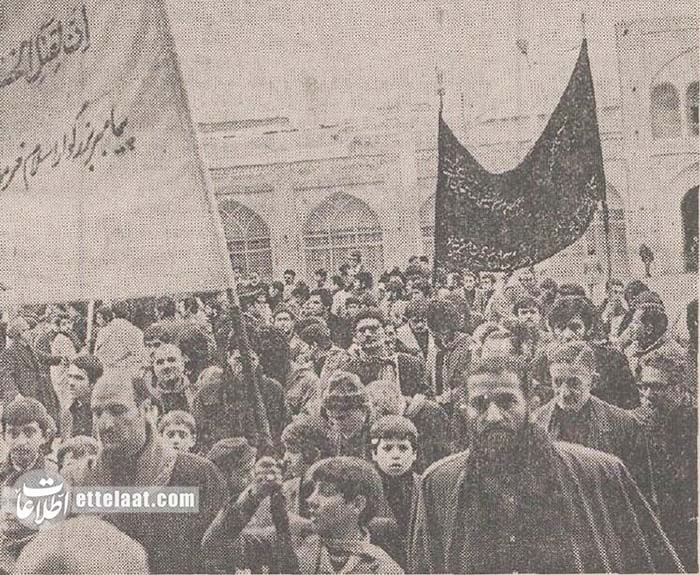Mourning Rituals and Practices
Immediate Reactions and First Mournings
The first mourning began immediately after the battle, especially led by the women and children of Husayn’s camp, including his sister Zainab and son Ali ibn Husayn (Zain al-Abidin). Zainab delivered powerful speeches that stirred sentiments in Kufa and Damascus, condemning the actions of Yazid.
One of the earliest and most poignant stories involves Ruqayyah, the young daughter of Husayn, who is said to have died in captivity after seeing her father’s severed head. This account, although debated among historians, plays a crucial role in Shiite passion plays and mourning narratives.
Ali ibn Husayn, also known as Imam Sajjad, reportedly mourned his father’s death for over two decades. His grief was particularly intense whenever he drank water, remembering the thirst of the martyrs at Karbala.
Development of Mourning Traditions
The institutionalization of Ashura mourning ceremonies began in the Umayyad and Abbasid periods with poetic elegies. Public ceremonies gained popularity under the Buyid dynasty, with further expansion during the Safavid and Qajar eras in Iran.

